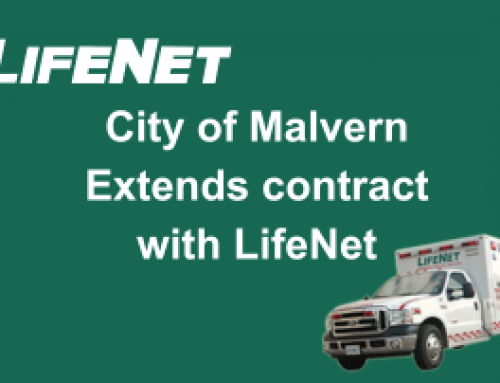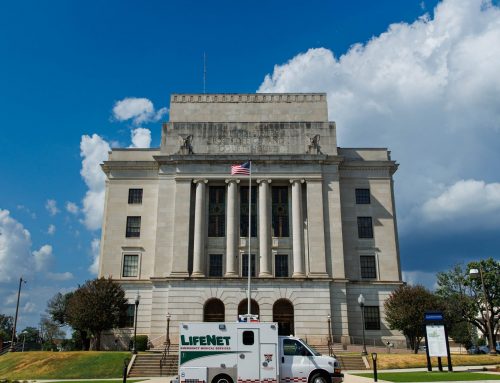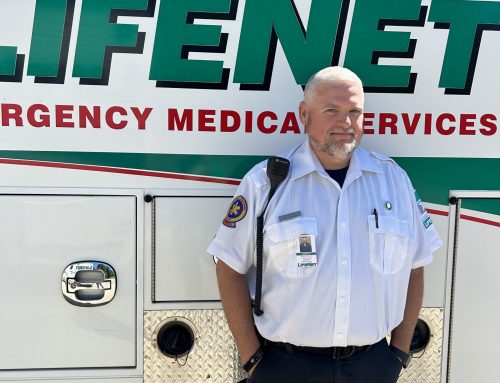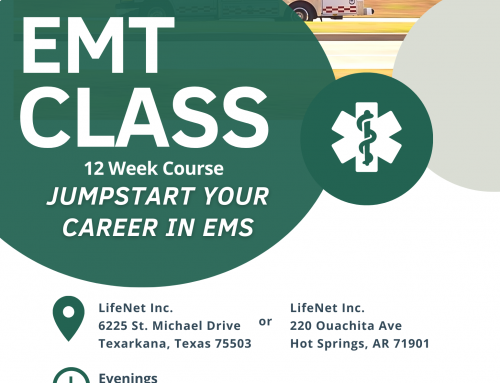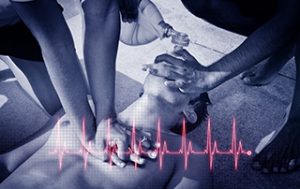 LifeNet, Inc. recently released their annual Sudden Cardiac Arrest (SCA) report detailing survival rates for 2019. SCA is a life-threatening emergency that occurs when the heart suddenly stops beating. It strikes people of all ages and leads to death in minutes if the person does not get help right away.
LifeNet, Inc. recently released their annual Sudden Cardiac Arrest (SCA) report detailing survival rates for 2019. SCA is a life-threatening emergency that occurs when the heart suddenly stops beating. It strikes people of all ages and leads to death in minutes if the person does not get help right away.
Last year, LifeNet responded to 929 calls for patients who had suffered an SCA across their service areas. Of the 412 patients who were viable for resuscitation efforts, 36 percent of patients had return of spontaneous circulation (ROSC), and 58 survived to hospital discharge, for a survival of 14 percent.
The Chain of Survival has five key links. First, someone must recognize they have witnessed a person going into SCA and call 9-1-1 to activate the EMS system. Second, emergency medical dispatchers must be trained to enable callers to do quality CPR until medical help arrives on scene. Third, if an automatic external defibrillator (AED) is available, early defibrillation must occur.
The first three steps need to happen within the first five to eight minutes for an SCA victim to have a viable chance at survival. Without these steps happening, the chance of any EMS team getting ROSC on a patient when they arrive is very slim, and for each minute that these steps don’t happen, the chance gets slimmer.
The fourth step in the chain of survival is early advanced medical care by EMS prior to and while transporting the patient to the hospital. Post resuscitation care at the hospital is the final link in the chain of survival that leads to hospital discharge.
LifeNet’s survival rate across increased to 32% for patients who were both in ventricular fibrillation (VF) and who had someone witness their event. VF is one of the abnormal electrical activities that causes the heart to quiver, stopping it from effectively pumping blood. VF is short lived and will deteriorate to asystole (a flat line) if not treated promptly. Shocking the heart with an AED is the only effective treatment for VF. The AED sends an electrical current through the chest to the heart with the goal of stopping the VF and providing an opportunity for the heart’s normal electrical system to take control. This current helps the heart reorganize the electrical activity so it can pump blood again.
LifeNet has a goal of partnering with businesses to ensure an AED is available on every corner in the community and in every business where multiple people work, shop, or frequent. To help achieve this goal, the company offers a matching fund program to help non-profits and first responder organizations purchase AEDs. For-profit businesses can purchase Zoll AEDs through LifeNet at cost.
LifeNet also offers a free bystander CPR and AED use class. It is designed to teach everyday people how to perform quality chest compressions and utilize an AED. The hour-long class includes a 20-minute lecture and hands-on practice. LifeNet offers the class to groups of 10+ people wherever it is most convenient for the group.
To learn more about sudden cardiac arrest, you can download LifeNet’s 2019 SCA Report.
To schedule a free Bystander CPR & AED Use class, click here.
To learn more about the AED Matching Fund Program, click here.


